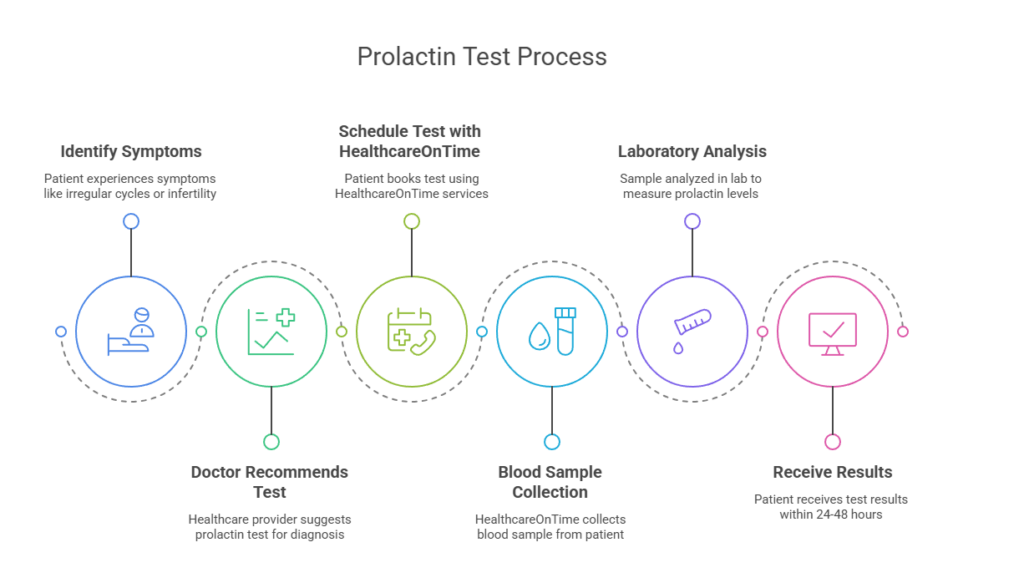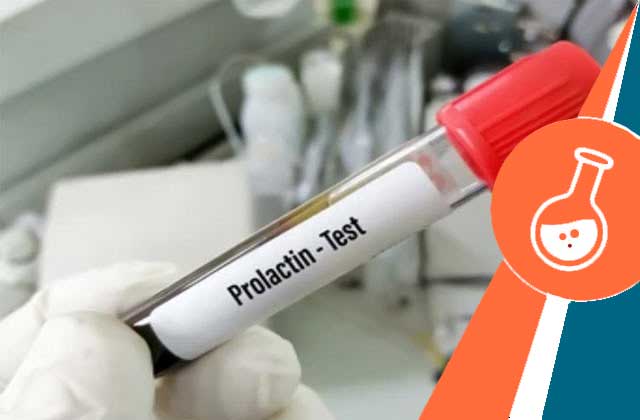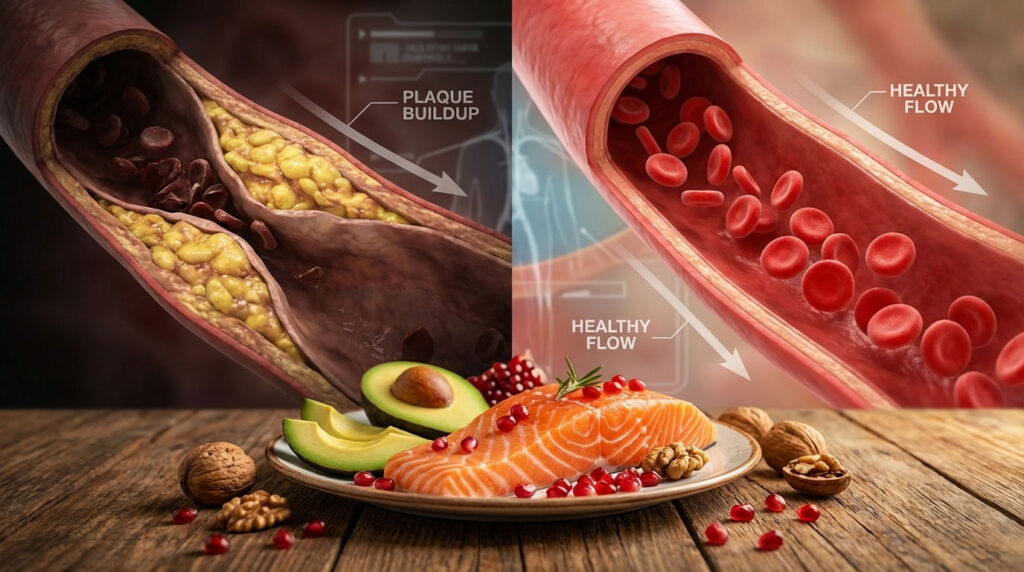
What Is Prolactin Test
Have you been asked to get a Prolactin Test by your healthcare provider? This hormone, found in women, is secreted from the pituitary gland.
A Prolactin Test is a blood test used to measure the level of prolactin, a hormone produced by the pituitary gland, in the blood. Prolactin plays a role in many bodily functions, including milk production in breastfeeding women and regulating the menstrual cycle. The test helps diagnose conditions such as prolactinoma, a pituitary tumor that can cause excess prolactin production, and hypothyroidism, in which the thyroid gland does not produce enough hormones. Medical experts can also use it to monitor the effectiveness of treatment for conditions related to abnormal prolactin levels.
About Prolactin Test
Do you want to learn more about your prolactin levels? We strongly urge you to learn more about why a Prolactin Test blood test is essential for you or your loved ones before continuing.
Why Do I Need Prolactin Hormone Test?
If your doctor has prescribed a Prolactin Test for you, it might be because of the below-mentioned reasons:
- Changes in vision
- Abnormal nipple discharge
- Breast milk production in cases where you are not pregnant or lactating
- Severe headaches
Simultaneously, you might have abnormalities in prolactin hormone levels even if you haven’t reached your menopause phase. You might be observing the following symptoms:
- Irregularities in your period cycles
- Tenderness in your breasts
- Infertility issues
If you are someone who has undergone menopause, the following symptoms might resonate with you:
- Excess weight gain
- Constant fatigue or tiredness
- Constipation
- Sensitivity to hot or cold temperatures
You can also notice prolactin hormone levels in men, triggering the following symptoms:
- Enlargement of the breasts
- Nipple discharge
- Lower sex drive
- Erectile dysfunction
How to Prepare for Prolactin Blood Test?
There is no special preparation required for the Prolactin Test. It is a simple blood test that requires drawing a blood sample from the vein in your arm. Before the test, be wary of the following factors:
- Do not fast unless prescribed by your healthcare professional.
- Drink adequate water before arriving at the diagnostic center
- Avoid consuming alcohol or smoking.
- If you have medications, consult your healthcare provider to know if you can take those before getting your serum prolactin checked.
What Happens During Prolactin Testing?
Are you visiting your nearest diagnostic center to get a Prolactin Test? If yes, your healthcare professional will take the following steps to draw the blood sample:
- Your healthcare provider will wrap a thin pipe around your arm and cleanse the target area with rubbing alcohol.
- The expert will check for the vein in your arm and ask you to clench your fists tightly.
- Your healthcare provider will draw a blood sample from your vein using a syringe and collect it in a vial/test tube, removing the injection from your skin.
- They will seal the target area with a bandage to avoid bleeding and send your blood sample to the laboratory for testing.
Finding Prolactin Test
Should you call for a PRL test at home or get it done at your nearest clinic? Read more to find out what suits your comfort.
Can I Take PRL Test At Home?
Yes, you can. You can contact your nearest diagnostic center to call a healthcare professional and get the PRL test done from the comfort of your home.
How Much Does Prolactin Test Cost?
The Prolactin Test price depends on the diagnostic center you choose to get it done. In most cases, if you have insurance coverage, it covers the expense of the test, else you can always purchase a new plan at affordable rates.
Test Results Interpretation
Got your hands on the PRL test results, but need someone to interpret them for you? Check out this section to see if you have normal prolactin levels or if they are higher or lower than average.
What Do the Prl Test Results Mean?
The Prolactin Test results can depict normal prolactin levels or a higher or lower result. If they are above and beyond normalcy, they can indicate underlying medical conditions, which you must get checked by your healthcare provider immediately.
What Is Prolactin Normal Range?
The below-mentioned table indicates the prolactin normal ranges in women and men.
| Prolactin Normal Range (non-pregnant women) | <25 ng/mL |
| Prolactin Normal Range (pregnant women) | 80-400 ng/mL |
| Prolactin Normal Range (men) | <20 ng/mL |
What Medical Conditions Can Cause a High Prolactin Level?
If you have a higher-than-normal prolactin level, you might have one of the following medical conditions:
- Prolactinoma – a type of tumor of the pituitary gland
- Hypothyroidism
- Abnormalities of the hypothalamus
- Liver or chronic kidney disease
What Medical Conditions Can Cause a Low Prolactin Level?
Your prolactin hormone levels may decrease due to specific medical conditions. Conditions like hypopituitarism, which affects the pituitary gland, can impact this delicate hormonal balance. It’s worth noting that in addition to medical conditions, prolactin levels are associated with breastfeeding and pregnancy. If you observe any potential hormonal imbalances in women, including low prolactin levels, consulting with a healthcare professional for a comprehensive evaluation is recommended.
Why Choose HealthcareOnTime
Convenience at Your Doorstep
Ever wished for healthcare that comes to you? HealthcareOnTime makes it a reality with doorstep lab testing, cutting out clinic hassles. No more queues or travel stress. Experience at-home sample collection, prioritizing health without time constraints. —your path to health, now just a doorstep away!
Affordable Testing with Thyrocare Partnership
Experience cost-effective lab testing at-home with HealthcareOnTime’s exclusive partnership with Thyrocare. Benefit from competitive prices while ensuring precise results. Our collaboration with Thyrocare Technologies Limited guarantees affordability without compromising on the accuracy and reliability of your lab test.
Comprehensive Health Screening
At HealthcareOnTime, we’ve got your back with our comprehensive health checkup packages! Take charge of your well-being by booking online. These packages empower you to stay ahead, catching potential issues early for timely management. It’s like having a health ally, and making informed decisions for a healthier, happier life.
Ref Links:
More Related Tests
Why To Book with HealthCareOnTime

17 Crores+ Samples Processed

World Class Technology Labs

25+ Years of Trust & Experience

Free Home Collection
FAQs Around Prolactin Test (PRL Test)
What are normal prolactin levels by age?
Prolactin levels differ in men and pregnant or non-pregnant women. They cannot be segregated according to different age groups.
What are normal prolactin levels to get pregnant?
If you want to get pregnant, your normal prolactin range should be between 80-400 ng/mL.
What happens if prolactin is high?
If you have a high prolactin level, you might indicate prolactinoma, hyperthyroidism, issues in your hypothalamus, liver, kidney disease, or failure.
How to reduce prolactin?
When you are pregnant or breastfeeding, your prolactin levels might automatically reduce. Your healthcare provider might also recommend some prescription drugs to increase your prolactin hormone levels.
What happens if prolactin is high in females?
If prolactin levels are high in females, it can lead to a prolactinoma, hyperthyroidism, issues in your hypothalamus or liver, or kidney disease or failure.
Is prolactin high during periods?
Prolactin is known to be at its highest level when a woman is menstruating, and this happens every month.










